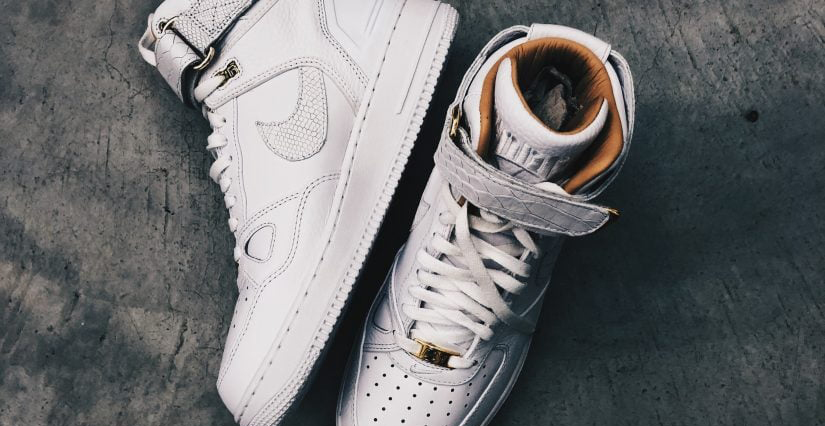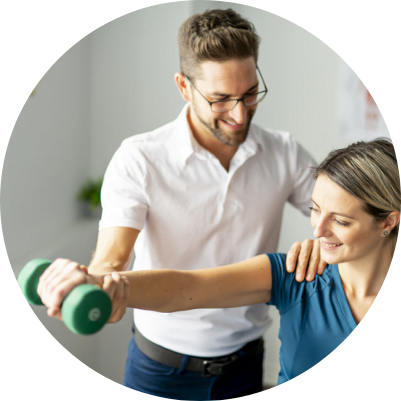Many people may disagree, but I am adamant that shoes have a great impact on causing injuries and pain to feet and legs.
There are lots of things to consider regarding shoes and activities:
- Have you picked the right shoe for the activity?
Most people are excellent at choosing the correct shoe for their needs, such as a walking shoe versus a running shoe, a netball shoe versus a basketball shoe etc. However, it is not uncommon for people to come to my clinic to report a foot or even lower leg injury after doing an activity while wearing the wrong footwear. For example, wearing thongs or sandals to go for a one hour walk. The incorrect footwear can make your feet and legs work harder than normal and therefore set the scene for an injury to occur.
2. Does your shoe fit you well?
Shoes that are too big, too small, too wide or too narrow are also a problem. Your foot could be slipping or moving around too much in the shoe. Alternatively, different parts of the foot could be getting squashed or compressed. Both situations (too loose or too tight) in different ways, can cause friction and rubbing. This can lead to a serious irritation to tendons or the foot such as the Achilles, or simple problems such as blisters.
3. How old is your shoe and is it still providing cushioning and support?
Cushioning and support are vital to the protection of the structures of the foot such as ligaments and joints. For people who stand for long periods especially on concrete, then cushioning of the shoe helps to reduce the hard impact of the floor. Support of the shoe help people to stand with better posture of their feet, which then supports the entire body.
4. Are you rolling in at the ankle or have a flat foot requiring specific shoes with an arch support?
Many people have flat feet or low arches, or their ankles roll in. For some people this ‘mechanical’ position of their feet can lead to injury or pain if they are wearing the wrong shoes because their foot is not being supported properly. This can make the foot work harder putting stress and strain on the soft tissue. A simple solution is to always choose a shoe with an arch support made within the shoe. This will place the foot in a more neutral position, therefore taking load of the joints and soft tissue structures. In more severe cases where flat feet or dropped arches are causing problems, then a visit to a podiatrist for custom made orthotics may be necessary.
Tips for good footwear:
- Wear a shoe that matches the activity you are doing.
- Choose a shoe with an arch support if needed.
- Keep an eye on the wear and tear and condition of the shoes and replace promptly if worn out.
- Make sure the shoe has some solid structure in it and holds it shape.
- Be very particular about how a shoe fits on your feet.
Always think of comfort, support and cushioning when choosing your shoes, then you can’t go wrong!




